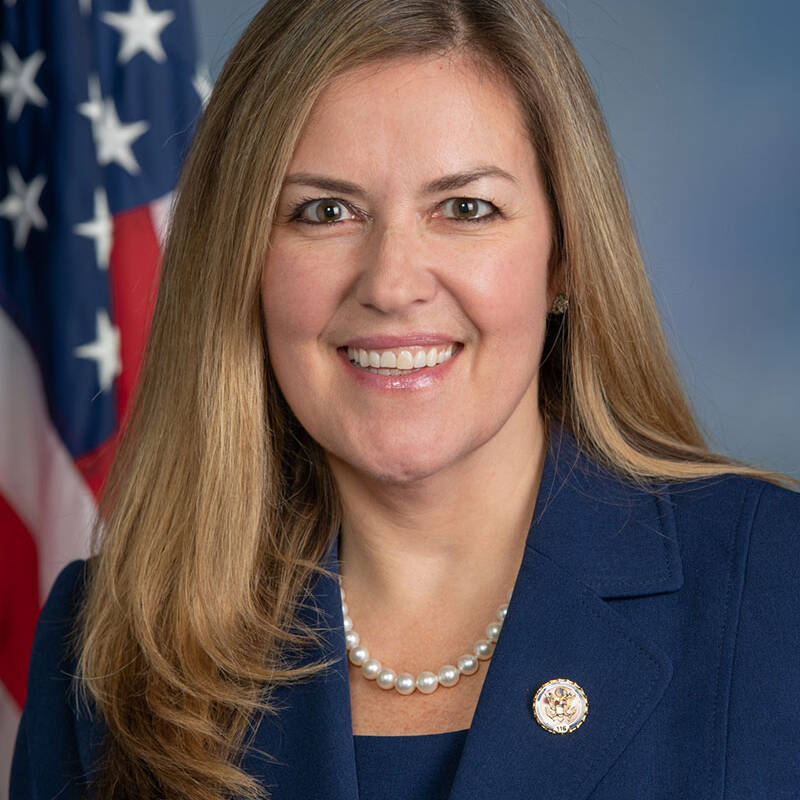Behind the science: How EWG found the pesticide chlormequat in most people tested
By Anthony Lacey (EWG)
This article was originally published in Environmental Working Group
March 25, 2024
EWG recently revealed that the dangerous agricultural chemical chlormequat was found in four out of five people we tested.How did we get here?
Chlormequat is linked to reproductive and developmental problems in animal studies, suggesting the potential for similar harm to humans exposed to it through what they eat.
Consumer exposure to chlormequat could be primarily through oat-based foods.
Environmental Protection Agency rules let the chemical be used on ornamental plants – not food crops – grown in the U.S. But chlormequat is sprayed on oats and other crops grown elsewhere and residues of the chemical are permitted on imports. The EPA is proposing for the first time to allow chlormequat to be sprayed on oats and several other grains grown in the U.S.
EWG is concerned that the agency will approve chlormequat on U.S.-grown food crops before addressing concerns about how that decision could affect public health.
EWG’s research was led by EWG’s Senior Toxicologist Alexis Temkin, who has a Ph.D. in biomedical sciences from the Medical University of South Carolina and a B.A. in biological sciences from Connecticut College. She described how this unique testing project came about.
Temkin’s answers have been edited slightly for length and clarity.
Q. How did chlormequat first get on EWG’s radar as a chemical of concern?
A. The beginning of this research was trying to identify foods that are consumed by children [and] that could be sources of toxic chemical or pesticide exposure but not already captured by government monitoring. This monitoring is good, but the problem is they miss a couple of key pesticides, one of them being glyphosate. So that’s where this really started.
We started testing oats, cereals, snacks bars [and] granolas for glyphosate, because [we thought] this could be a really big source of exposure that everybody’s missing. We observed high concentrations and detections in nearly every sample. But over a few years we started to see some samples going down in concentration, and companies saying they didn’t want oats with glyphosate. So that led us to the question of, well, are they using some other pesticide?
So we took a look at pesticides allowed on Canadian oats, because that’s where a lot of the oats we use here are imported from. And we found there was this new chemical recently approved called chlormequat. I had never heard of it, and [neither had] other scientists at EWG.
Q. So you discovered chlormequat almost by accident. Then what?
A. I did a search of the scientific literature and found three or four really interesting studies on how chlormequat could impact mammalian fertility and how it could harm the reproductive systems in rats. A lot of these studies were from the ‘90s. And then there was a big gap and nobody was researching it – until another research group started looking at the toxicity in 2016 and 2017 and publishing all these concerning papers.
So, we said, OK, this is something we need to look at.
Subsequently, when we checked the status of chlormequat in the United States, we realized that the EPA was starting to allow chlormequat on imported foods, even though there’s all this data on its mammalian toxicity. Since there was no monitoring for chlormequat in foods by government agencies, despite the recent approvals, we tested oats and oat-based foods for chlormequat.
The results ended up looking similar to the glyphosate story. The concentrations were lower than glyphosate, but it was still on almost all of the samples – 92 percent of the samples of oat-based foods, including cereals, snack bars and granola.
This means [oats and oat-based foods] could be a major source of exposure to chlormequat, but no one had ever looked at chlormequat exposure in the U.S. population.
Q. EWG identified the data gap. Then how did you go about addressing it?
A. We wanted to know if we could detect chlormequat in urine and whether detections would be different in samples collected before the EPA started allowing use [of chlormequat] on imported oats, looking to see if we could tie exposures to these regulatory changes.
It took a lot to figure out how to do a study like this. You need samples of urine, and you need them from certain times. There are two ways to get urine samples. One is collaboration with university or hospital researchers that have established protocols and existing studies to collect human samples. The other is through companies that collect samples that you can purchase.
Originally, I thought we could just use those companies, and we purchased samples from 2018 to 2022 from one company and samples from 2023 from another.
The problem was they didn’t have any banked samples from the earlier periods we wanted to test – they only had more recent samples.
Then I went to my Ph.D. adviser, Demetri Spyropoulos, Ph.D., at the Medical University of South Carolina, and said I was looking for banked urine samples from 2017. He had some and was interested in collaborating with us.
Then you still need [to find] a lab that can measure chlormequat.
Q. How did you go about finding a lab to test the samples?
A. The labs we typically send samples to in the U.S. didn’t have a method to test for chlormequat in people. But in a lot of the papers I was reading on chlormequat exposure in European populations, most researchers were using a government lab in the U.K.
It was quite the process to figure out how someone ships biological samples internationally. There are a few forms to fill out, samples have to fall under a certain commodity code, and you have to pay a duty on them. I spent some time on the phone with FedEx customer support, and it was definitely a little nerve-wracking watching the tracking updates come through.
We started the process of finding samples in November 2022, and after acquiring and sending the samples to the U.K. in phases, we had our final results in September 2023.
Q. Chlormequat is allowed on crops grown outside the U.S. So why should we worry?
A. Chlormequat has been allowed for use in the European Union a lot longer than it has here. As with the EPA, regulators there have more or less ignored the animal studies in the peer-reviewed literature that raise concerns about reproductive and developmental toxicity.
On the other hand, contrary to North American populations, researchers have monitored for chlormequat in European populations and observe really high prevalence, which means it’s in a lot of people in high concentrations. But no one has studied whether those levels are correlated with any type of health effect, which is a big piece of understanding how chemicals can impact the health of human populations.
What I’m really hoping for is that by [our] bringing to light the findings of our paper, other researchers who have already collected urine samples might be able to help fill some of the data gaps. Adding more places and more samples to test is always good.
We want to know if chlormequat is higher in samples now. What’s the food testing looking like?
I think we are planning to urge the government to step in a little bit here and start monitoring, but we also want to keep monitoring [ourselves], because it’s not very often that you actually get to track a chemical as it’s [entering] into the food supply and humans.
























